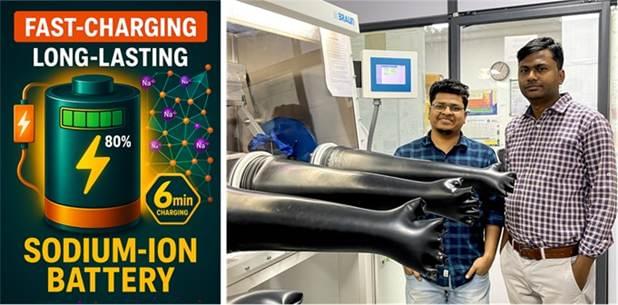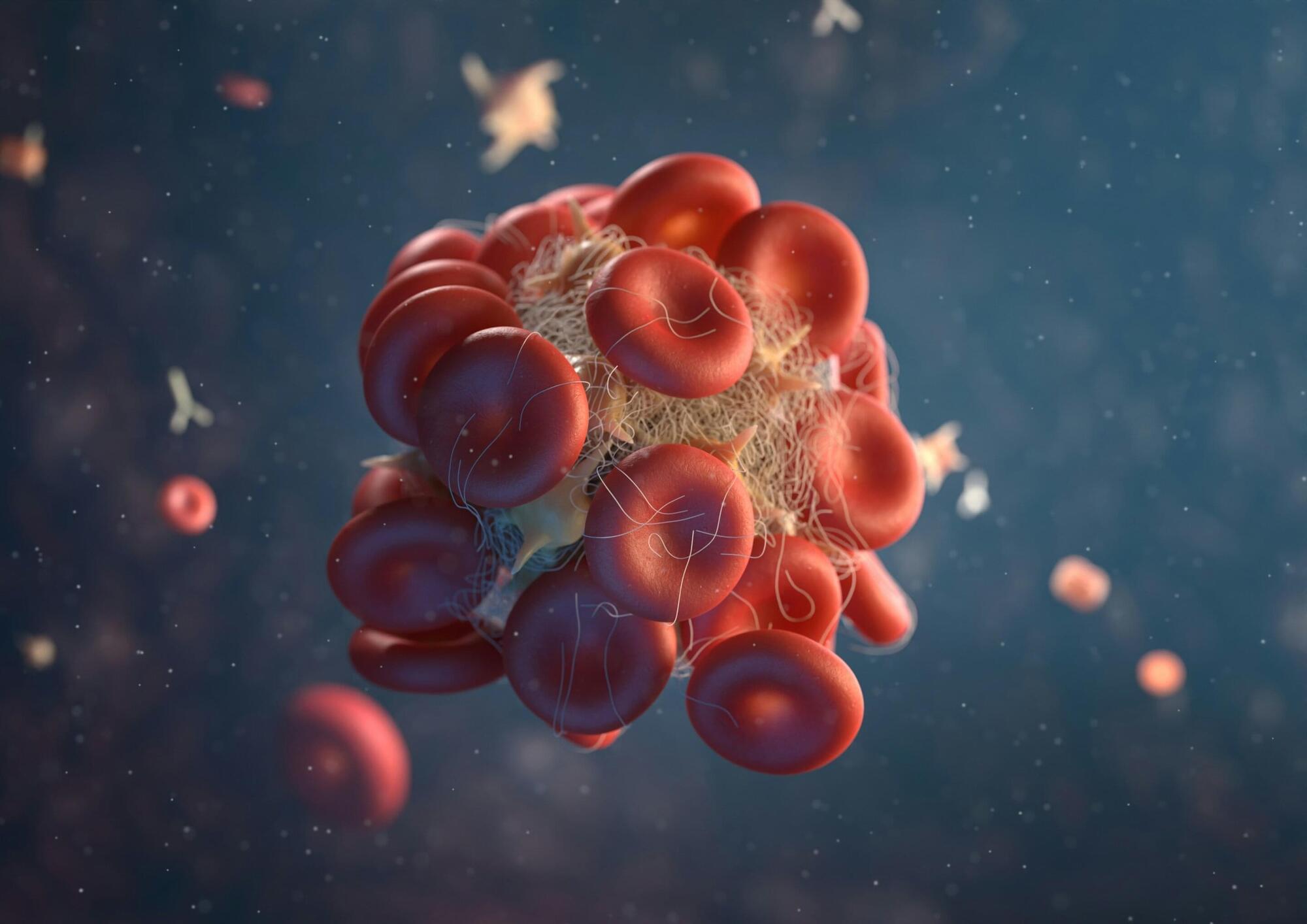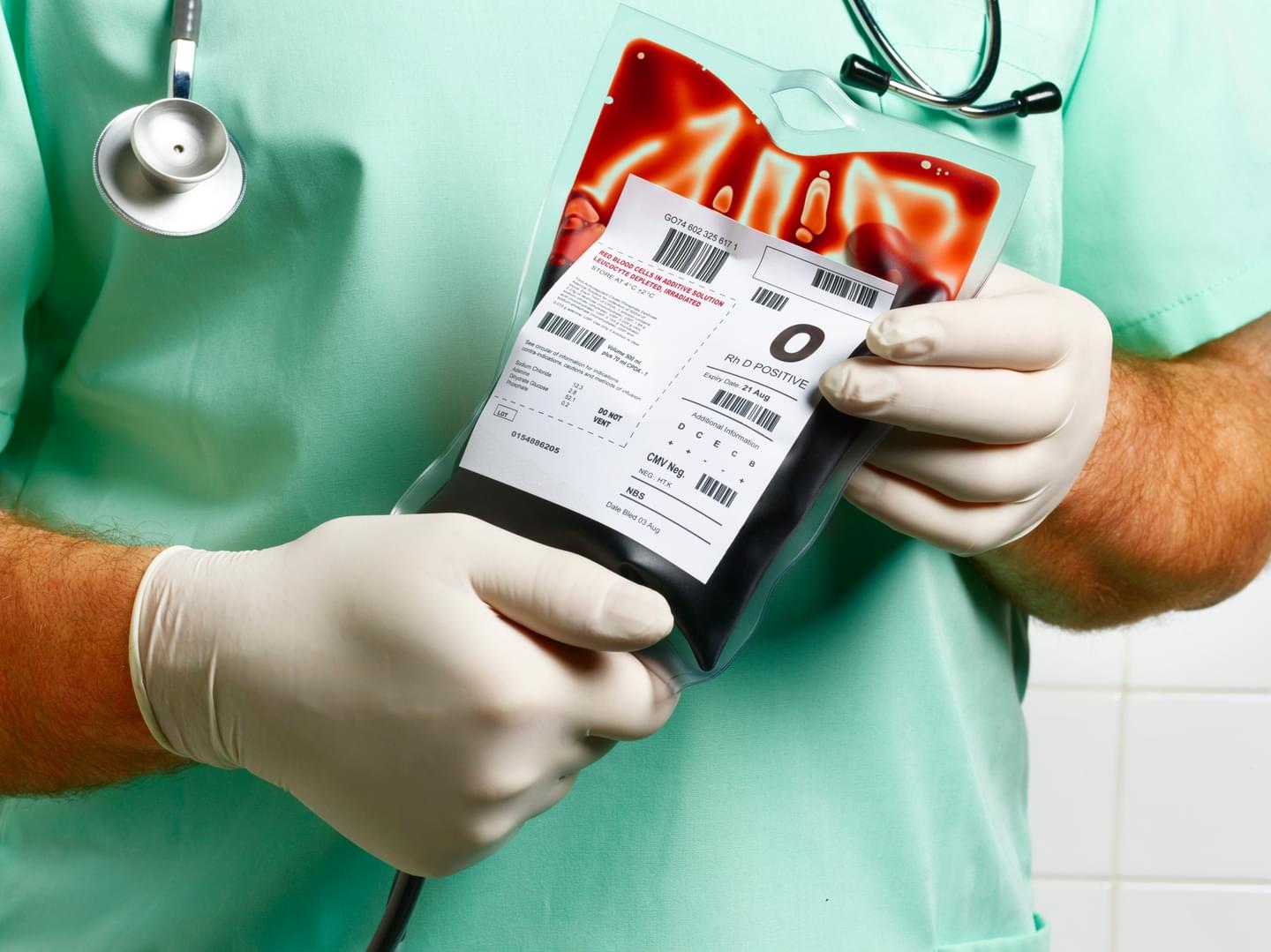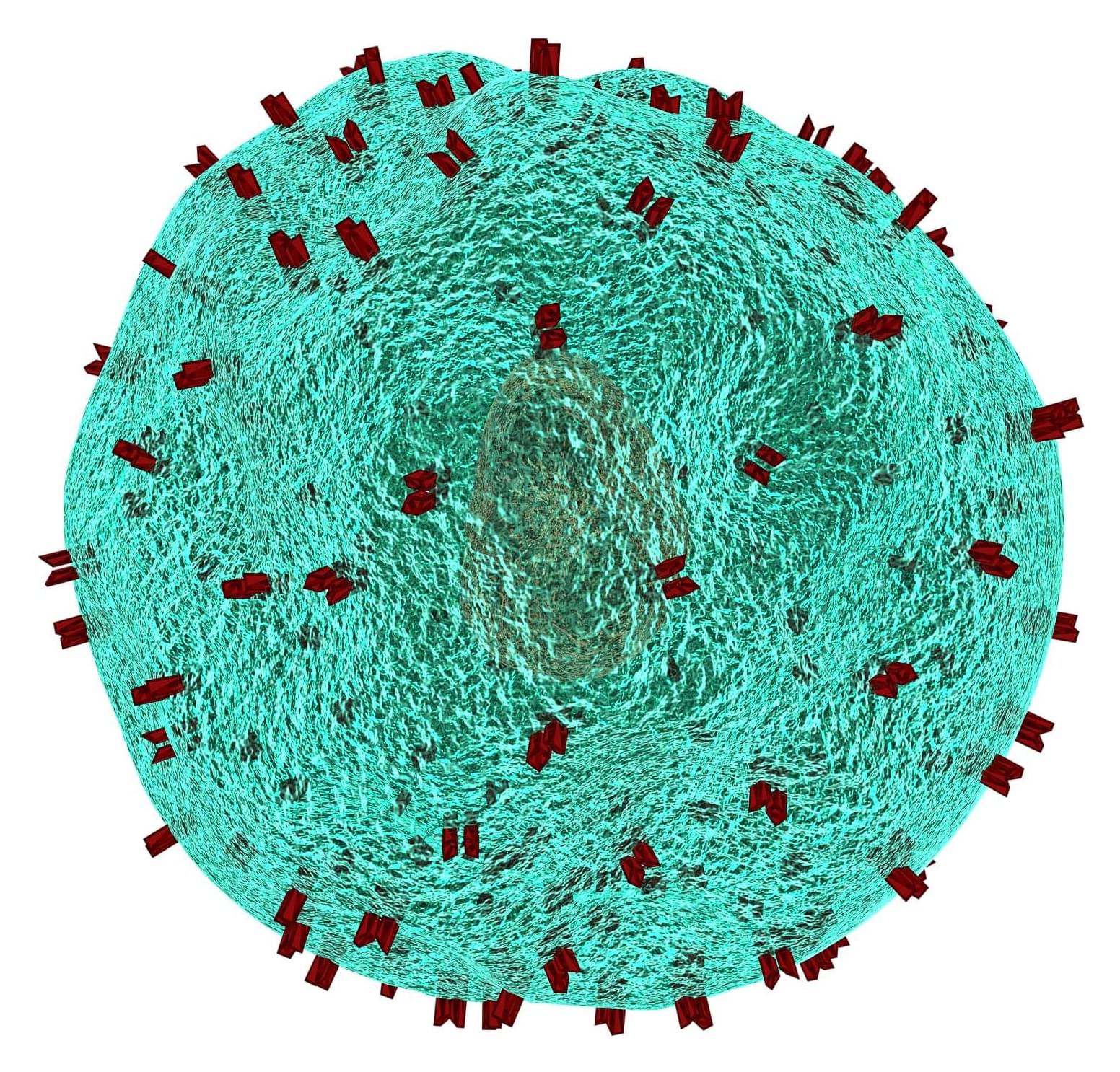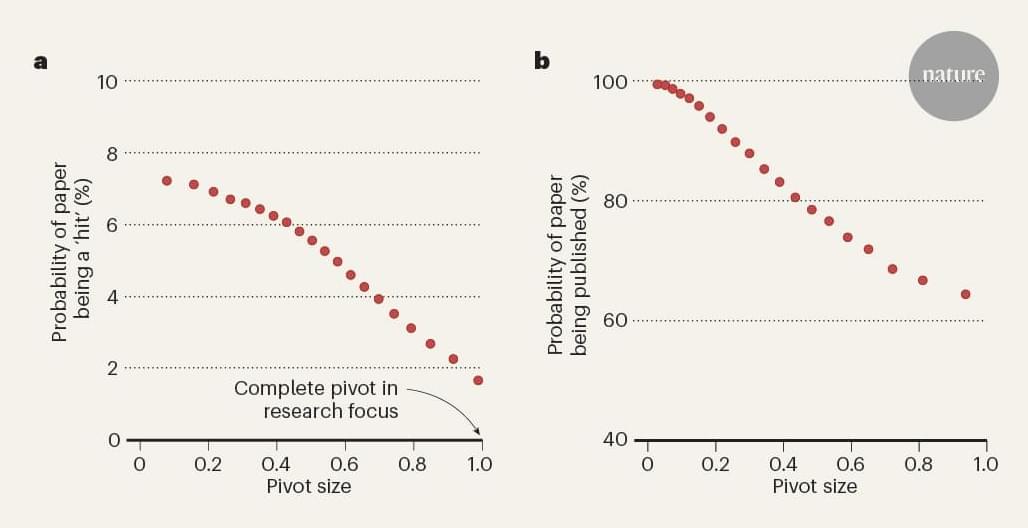In patients with an advanced type of skin cancer called cutaneous squamous cell carcinoma (cSCC), those who received the combination of the immunotherapy drug avelumab and targeted agent cetuximab had almost four times longer median progression-free survival compared to patients who received avelumab alone, according to the results of a phase 2 trial presented today at the American Society of Clinical Oncology (ASCO) meeting and concurrently published in the Journal of Clinical Oncology.
“It is both an honor and humbling to develop clinical trials that can be potential options for our patients,” said lead author and study chair for the trial, Dan Zandberg, M.D., associate professor of medicine at the University of Pittsburgh and medical oncology co-leader of the head and neck cancer program at UPMC Hillman Cancer Center. “My hope is that the insights we made with this trial will lead to additional studies that can ultimately bring a new immunotherapy-based combination into standard of care for patients with advanced cSCC.”
CSCC is a common type of skin cancer with about 1.8 million cases diagnosed in the U.S. each year. About 95% of cSCCs are detected early and can be treated with minor surgery. But in rare cases, patients will go on to develop advanced cSCC, which includes locally advanced tumors that cannot be surgically removed and metastatic disease. At this point, the prognosis is poor and treatment is focused on extending survival, not cure.


